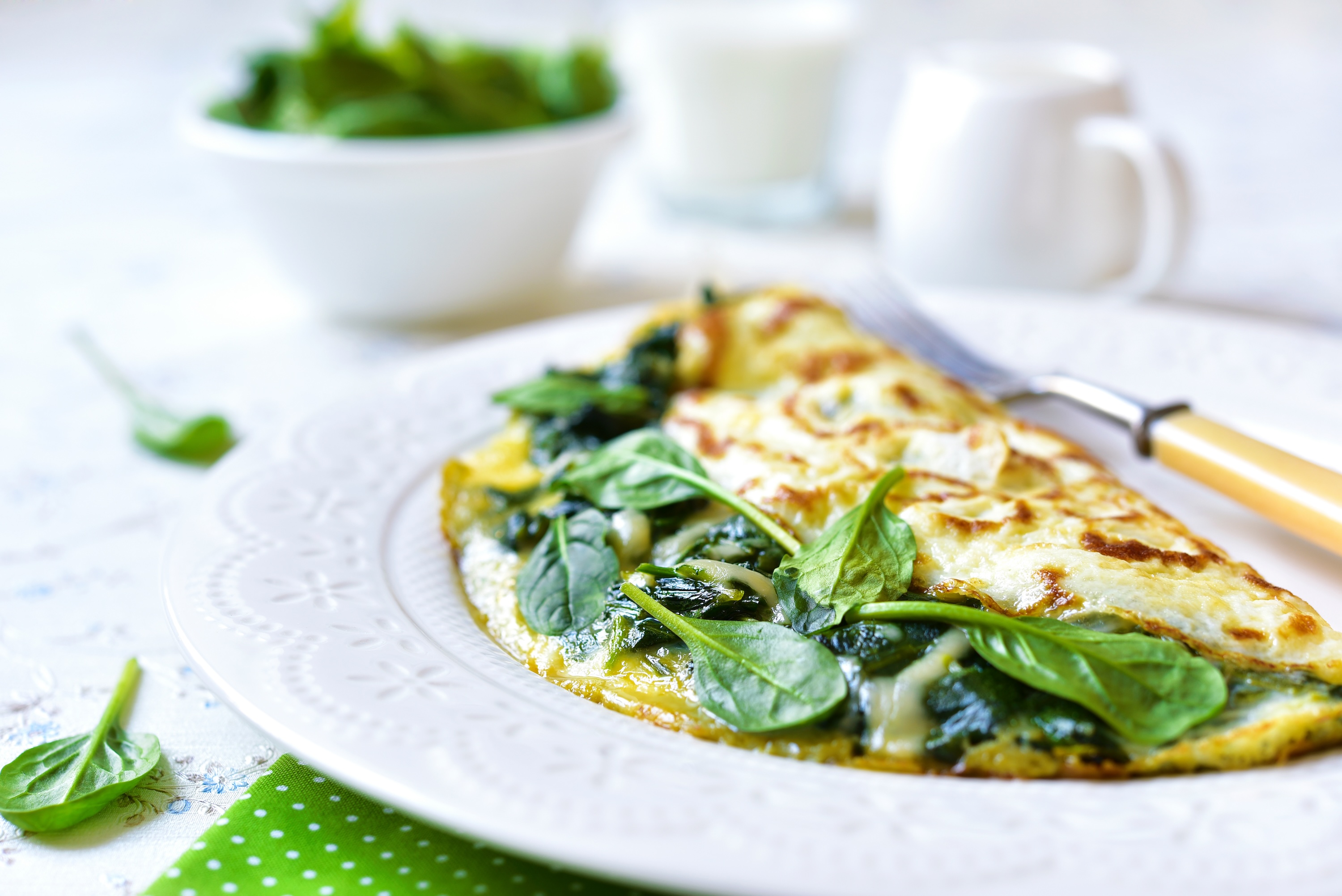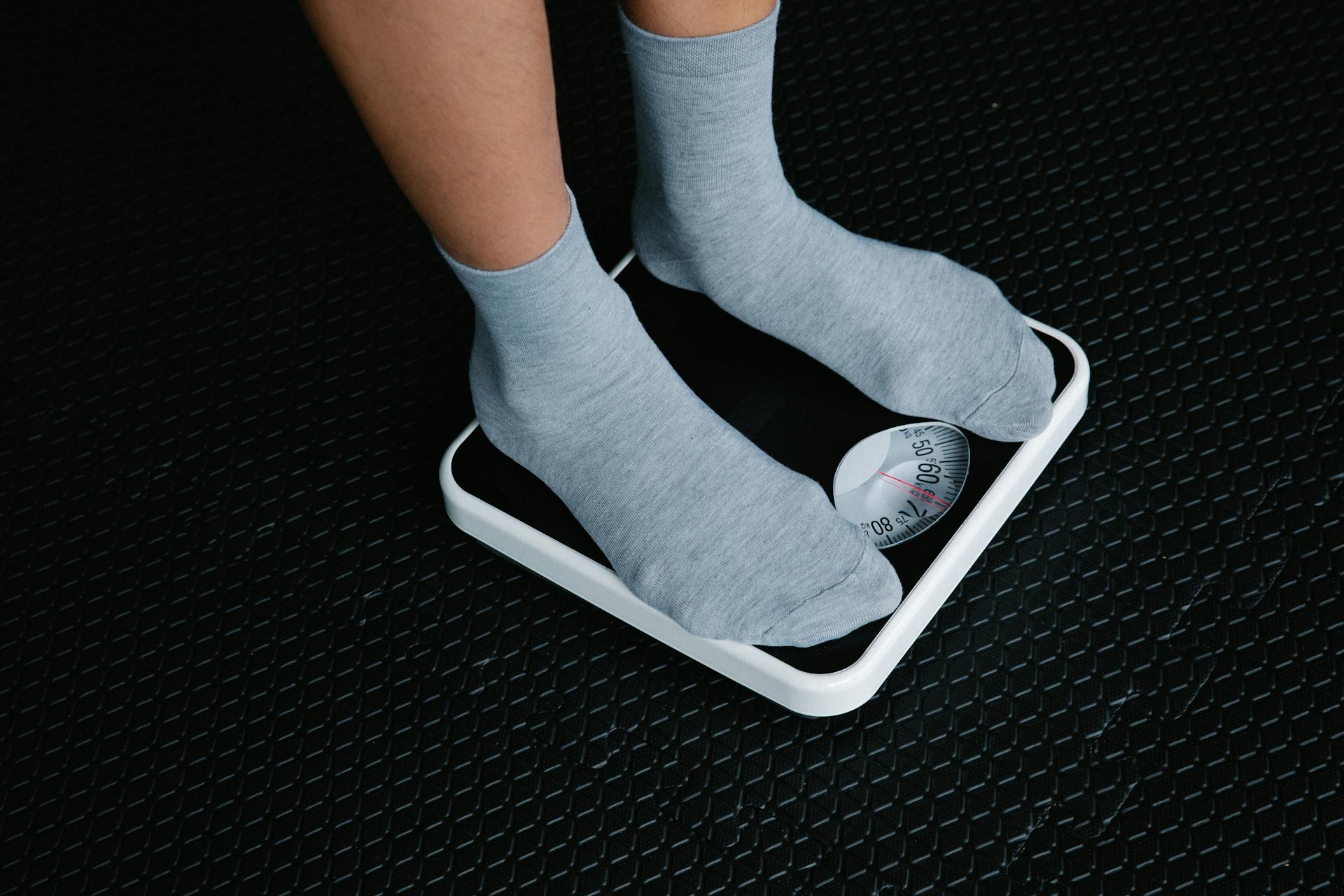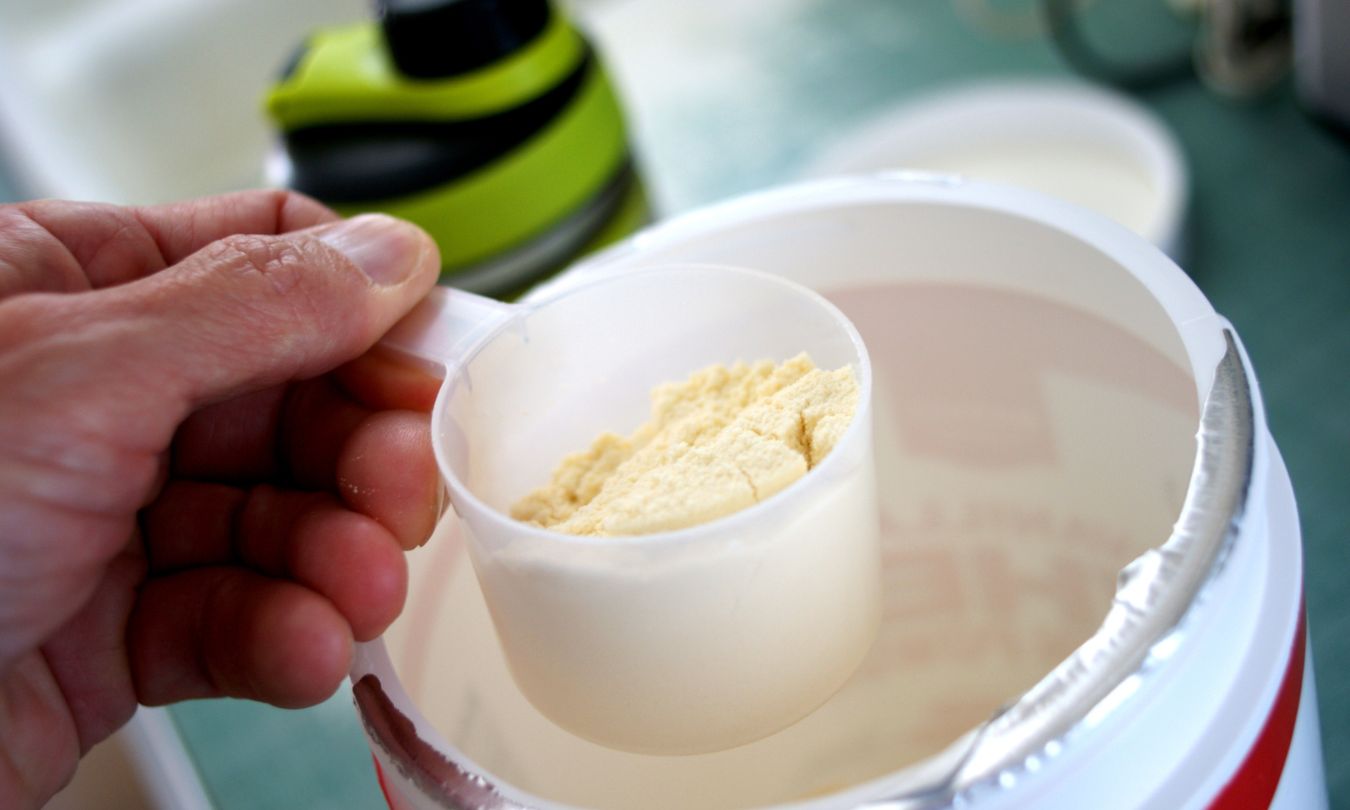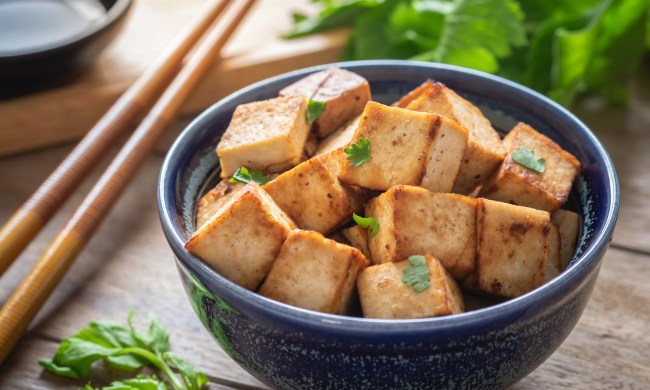Losing weight doesn’t mean you have to feel hungry all the time or give up meals you enjoy. I have seen so many people try extreme diets or cut entire food groups, only to end up frustrated and nowhere near their goals. In reality, focusing on low-calorie, high-protein foods is one of the most practical ways to stay full, fuel your body, and lose fat the right way.
In this article, we have rounded up 11 low-calorie, high-protein foods that can help you stay on track and reach your weight loss goals without much struggle.
11 low-calorie, high-protein foods to include in your diet

A study published by the National Library of Medicine concludes that “Low-calorie, high-protein diets can effectively improve apnea, sleep quality, and body composition indices in obese adults.” Here are 11 simple options to include in your diet:
- Chicken breast: Skinless chicken breast is lean, filling, and an excellent source of protein. It is easy to cook and works well in salads, stir-fries, or grilled on its own.
- Egg whites: Egg whites are a good way to boost your protein intake without adding extra fat. They are great in scrambles, omelets, or even baked into dishes.
- Non-fat Greek yogurt: This creamy snack is high in protein and supports gut health because of its probiotics. It is perfect on its own or topped with fruit and a sprinkle of nuts.
- Low-fat cottage cheese: Cottage cheese is rich and creamy and keeps you full for longer thanks to its slow-digesting protein. It works well as a snack or paired with fruit for a quick breakfast.
- Tofu: This plant-based protein easily absorbs any flavor you season it with. It is a great meat alternative for stir-fries.
- Tuna: Tuna packed in water is light, protein-rich, and super convenient. Whether added to salads or enjoyed on whole-grain toast, it’s a satisfying choice.
- Lentils: Lentils are another plant-based option that is rich in both protein and fiber. They are perfect in soups, stews, or as a filling base for grain bowls.
- Turkey breast: Turkey breast is another lean meat that delivers solid protein with very little fat. It serves as a great alternative to chicken and works well in sandwiches or wraps.
- Edamame beans: These young soybeans can serve as a filling snack because they are full of nutrients. You can enjoy them steamed, tossed into salads, or eat them straight from the pod.
- Tempeh: It has a firm texture and a rich, nutty flavor that makes it perfect for stir-fries and bowls. It is also fermented, which can support gut health.
- Whey protein: This protein powder blends easily into shakes and smoothies. It’s a quick way to meet your protein needs, especially post-workout or on the go.
What are the benefits of low-calorie foods?

Choosing foods that are lower in calories but high in nutrients makes it easier to stay within your daily goals. Here are some of the main benefits of incorporating low-calorie options into your meals.
Supports weight loss
Burning more calories than you consume is what ultimately leads to weight loss. With low-calorie foods, you can reduce your overall intake. This helps you to stay on track without constantly dealing with hunger.
Allows for larger portions
One of the biggest advantages of low-calorie foods is that you get to eat larger portions. Leafy greens, vegetables, and lean proteins are naturally low in calories, so you can fill your plate without exceeding your calorie budget. This can help prevent overeating and make your diet more sustainable in the long term.
Packed with nutrients
Many low-calorie foods, such as fruits, vegetables, and whole grains, are rich in essential vitamins, minerals, and antioxidants. They support overall health and help ensure your body gets what it needs, even when you are eating less.
What are the benefits of high-protein foods?
Increases satiety
Protein helps you stay satisfied for longer periods, which naturally reduces the chances of overeating. Unlike carbs, which digest quickly, protein slows down digestion and curbs hunger.
Boosts metabolism
Your body burns more calories digesting protein than it does digesting fats or carbohydrates. This process, known as the thermic effect of food, gives your metabolism a slight but meaningful boost. While it is not instantaneous, it adds up over time.
Preserves lean muscle mass
When you are in a calorie deficit, your body doesn’t just lose fat; it can also break down muscle for energy. Eating enough protein helps protect that lean muscle, ensuring that most of the weight you lose comes from fat. This is especially important if you exercise regularly or are trying to achieve a toned look.
Example meals that will support your weight loss goals
- Grilled chicken salad: This salad includes greens, grilled chicken breast, cherry tomatoes, cucumbers, and a low-calorie vinaigrette. It is high in protein and fiber, which helps keep you satisfied while supporting muscle retention during weight loss.
- Egg white scramble: This light yet filling dish consists of egg whites, spinach, and mushrooms, which you can serve with whole-grain toast. The egg whites provide lean protein, while the vegetables add fiber and essential vitamins and minerals. The toast brings in slow-digesting carbs to keep your energy steady.
- Greek yogurt parfait: To set this up, consider non-fat Greek yogurt with fresh berries and sprinkle on granola. It is a great source of protein, antioxidants, and gut-friendly probiotics.
- Tofu stir-fry: This includes tofu cubes stir-fried with broccoli, bell peppers, and a bit of low-sodium soy sauce. Tofu offers plant-based protein, while the veggies bring in volume, color, and key nutrients. It is flavorful and filling.
- Baked salmon and sweet potatoes: The salmon is high in protein and omega-3 fatty acids. This helps you feel full and also supports fat metabolism. Sweet potatoes provide complex carbs for steady energy and curb sugar cravings.
Should you consume low-calorie, high-protein supplements?
Protein supplements, such as bars and shakes, can be a convenient way to increase your protein intake, especially when you are on the go or struggling to meet your daily protein needs through whole foods.
However, it is essential to remember that not all supplements are the same – a study by a nonprofit shows that there might be hidden dangers in protein powder. Many are loaded with added sugars, artificial flavors, and unnecessary chemicals that can work against your health goals. To make the best choice, look for products with minimal ingredients, low sugar content, and no artificial additives.
Frequently asked questions
How can I increase my protein intake without calories?
While you can’t technically increase protein with zero calories (since protein itself contains calories), choosing lean protein sources like egg whites, skinless chicken breast, and non-fat Greek yogurt allows you to get more protein without significantly raising your calorie intake. You can also use clean protein powders or light snacks, such as edamame and low-fat cottage cheese.
How can I get 100g of protein a day low-calorie?
Spread your protein intake throughout the day by including lean sources in each meal. For example, have egg whites during breakfast, a grilled chicken salad for lunch, Greek yogurt as a snack, and baked fish for dinner.
What is the best protein to eat for weight loss?
Lean proteins, such as chicken breast, turkey, egg whites, and fish, are excellent choices. They are low in calories, rich in nutrients, and help keep you full longer.








